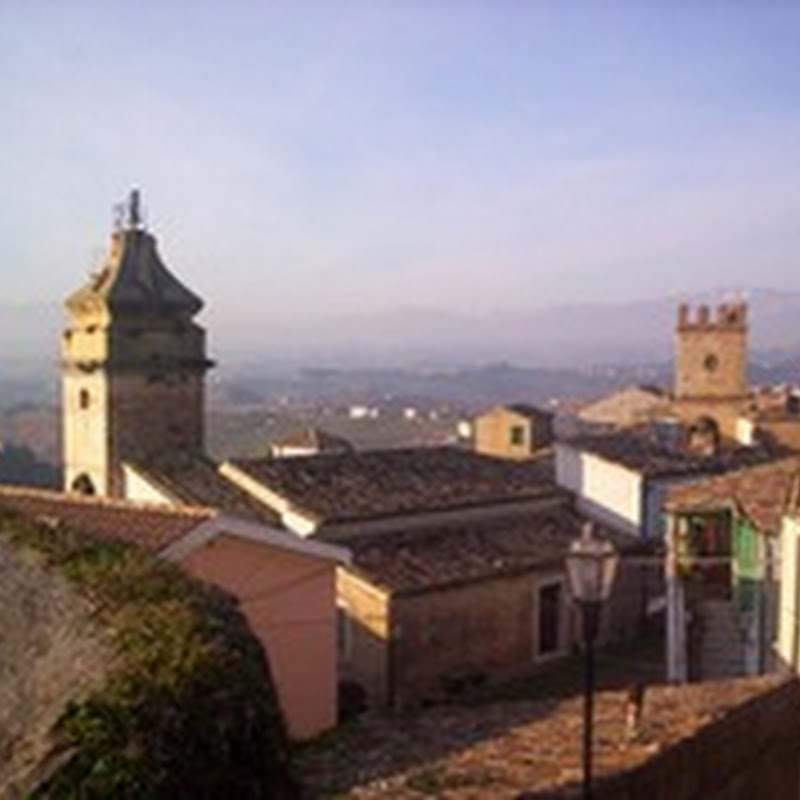
 The islands of the archipelago, whose substrata consist of limescale alternating with portoro, the rare black marble with characteristic yellow veining, represent the natural continuation of Porto Venere promontory: over 9,000 years ago, they formed a unit.
The islands of the archipelago, whose substrata consist of limescale alternating with portoro, the rare black marble with characteristic yellow veining, represent the natural continuation of Porto Venere promontory: over 9,000 years ago, they formed a unit.Several sites in the Park territory bear evident traces of the portoro mining activity, and the Park is organizing a requalification and enhancement project to make them accessible to visitors. The islands are also characterized by karstic caves and cavities: in the most famous one, Grotta dei Colombi on Palmaria Islands, finds from the Paleolithic Age to the Metal Age have been discovered.
The island of Tino forms part of the Archipelago of Portovenere along with the islands of Palmaria and Tinetto.
The surrounding sea is a regional marine reserve and a UNESCO World Heritage Site.
The island of Tino has an area of 127,000 square meters and a perimeter of nearly two kilometers.
The site preserves the remains of a 9th century Benedictine monastery built over the tomb of St. Venerius, an anchorite monk who lived on the island between 500 and 600 and is the protector of the Gulf of La Spezia and Italian lighthouse keepers.
The island is the territory of the Navy. The docking of non-authorized vessels is prohibited as is navigation within the security zone.
The island of Tinetto, together with the island of Palmaria and island of Tino, makes up part of the Portovenere regional nature park. The island, devoid of vegetation and barely larger than a medium-sized boulder, is home to a few remaining fragments of early medieval monastic cells dating to the 6th and 7th centuries.
The waters that surround it are among the most popular for divers, especially the Fossa del Tinetto, a vertical shaft that creates an astonishing play of light in the subaqueous environment.
Noteworthy is the presence of a native reptile, the Tinetto wall lizard (Pordacis muralis tinettoi), a rare species of lizard. ù
The trails and paths that cross the island are of notable naturalistic beauty and stunning landscapes. With its one-of-kind panoramas, high coasts, karstic underwater and semi-submerged caves and sinkholes, the island is a real paradise for underwater speleologists. Many divers go under to explore the tunnels in the deepest depths, surrounded by sparkling plays of light, marine wildlife and plants. The sea reaches considerable depths just off the coast: in the 60s Maiorca attempted one of his records for free diving in apnoea here. There are few beaches on the island, but tourists willingly make camp on the rocks just for the chance to dive into the crystal clear waters.
On the top of the island are the remains of military fortifications built under the Savoy as the 19th century fortress of Umberto I. Today it is a marine fortress and a centre for environmental education.
A walk around the entire island takes just under three hours. The last part of the path, the sentiero dei condannati (trail of the condemned), is a steep staircase through Mediterranean shrubland that leads down to the landing facing Portovenere.
The tortoise-shaped Island of Gallinara is a marine reserve whose denomination is still being defined, located about a kilometre from the coast facing Capo Santa Croce in the town of Albenga. The island is a nature Reserve of the same name, a name which derives from the wild fowl that once populated the island. Towards the end of the 4th century it became the refuge of Saint Martin of Tours and the home of monastic communities, first the order of Saint Columbanus and later the Benedictines. A number of shipwrecks and artifacts were discovered in the sea beds around the island, some of which date back to the 5th century AD.
Sheer cliffs on the southern and eastern sides of the island are home to cormorants and one of the densest populations of yellow-legged gulls in the northern Tyrrhenian. The island is a favourite destination for scuba divers who come to explore the depths rich in paleo-Mediterranean plant species and rare reptiles. There are two major points of interest for divers: Cristo Redentore or Punta Falconara, where a giant statue of Christ can be seen beneath the water. With depths of 18 metres, a number of species of mollusks, including nudibranchs, can be found. Punta Sciusciau, one of the more popular diving points, reaches a depth of 30 metres; in the abysses here groupers, moray eels, octopus, scorpion fish and even large sponges can be observed.
The island has always been private property; a guardian oversees the island to safeguard it against fires and to keep its habitat unspoilt.
The island is also criss-crossed by 10 kilometres of foot trails.
The island of Bergeggi is a small cone of limestone rock about 53 metres high and situated about 250 metres from the shore facing the town of the same name in the province of Savona. It seems that the island was once connected to the coast by a rocky strip, since worn away by the movement of the waves.
Today the island is covered in Mediterranean vegetation, with interesting plant species such as the campanula sabatia and the euforbia arborea. The island is also known for its many paleoethnological and palaeontological finds. It is one of the nature areas protected under a national programme and preserves important historical and archaeological traces such as Roman ruins and the remains of medieval and monastic structures. The island is part of the Regional Nature Reserve, a park that includes the island of Bergeggi and the length of coast opposite for a total area of approximately eight hectares. The cliffs look out over stunning views and lush Mediterranean vegetation. The island is also one of the few sites where yellow-legged gulls come to nest.
The coast facing the island is full of coves and rocky outcroppings; here the sea has carved out caves of considerable naturalistic and archaeological interest, such as the grotta delle Sirene, the grotta della Galleria del treno and the most famous, grotta Marina, a genuine ‘history book carved in stone’ that narrates the differing levels of the sea in the Quaternary period. The surrounding sea is a perfect habitat for the proliferation of algae and sponges such as the Coralline Seaweed and the posidonia Oceanica.
The richness of the marine flora and clarity of the water attract scuba divers from around the world. There are three main diving points: Pifferaio for an easy dive (depth from 9 to 18 metres), Franata for a dive of intermediate difficulty (20-30 metres), and Canalone with a depth of 7-10 metres, where eels, lobsters, swallow-tail sea perch and specimens of angler monkfish can be seen.
The Ligurian Sea is studded with five islands, from east to west, protected by laws that have made them nature reserves or included them in regional parks.
These jewels of the Liguria region share two common features, namely their well-preserved Mediterranean vegetation, with rare surviving species, and the presence of ruined abbeys or monasteries dating back to late Roman times.

Custom Search
If you liked this article, subscribe to the feed by clicking the image below to keep informed about new contents of the blog:










